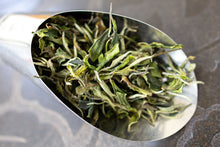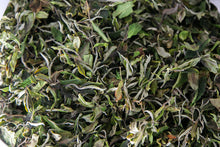Grown Naturally at 2000m+ from Ancient, Untended Tea Gardens
The tea leaves come from naturally grown tea trees that are several hundred years old, located in a remote mountain village in the southwest of Lincang, Yunnan. These trees are grown at altitudes between 2000–2200 meters, completely free from pesticides and fertilizers.
The quality of any tea is deeply influenced by the environment it grows in. When three key factors come together—high altitude, old tree age, and no fertilizers—you’ll get a tea of outstanding quality, no matter where it's from. Such tea offers a long-lasting aftertaste and a rich, concentrated finish.
This ancient-tree white tea meets all three of these ideal conditions, giving it exceptional raw material quality. Since white tea is made with minimal processing, the quality of the fresh leaves directly affects how impressive and moving the final tea tastes.

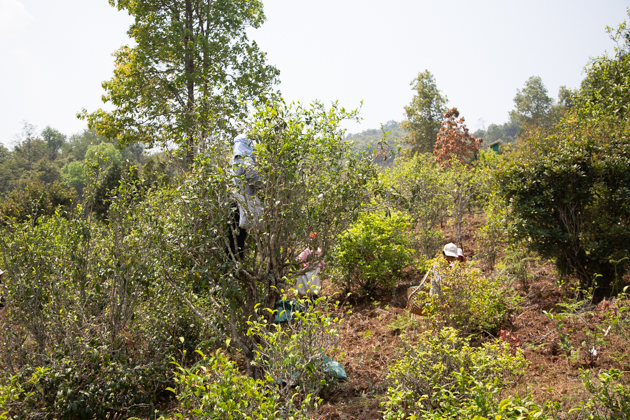
Production Supervised Directly at Origin
When it comes to making high-quality white tea, one of the most important steps is selecting the right raw tea leaves.
If the leaves are too large, the stems tend to be thicker, which makes it harder for moisture to escape during withering. This can cause a musty or unpleasant smell in the final tea.
To prevent this, we worked closely with local producers and carried out strict sorting of the raw materials right from the start—carefully selecting only the most suitable leaves for white tea even before processing began.

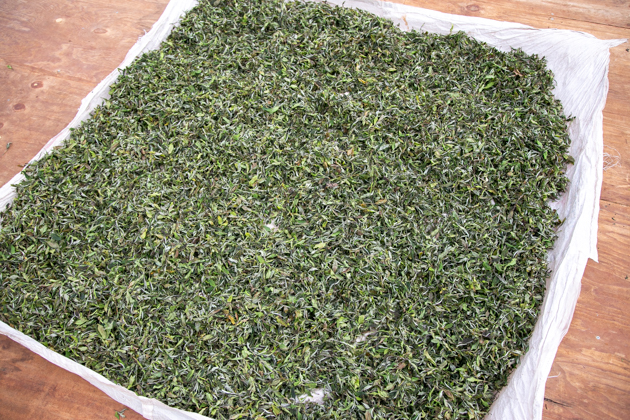
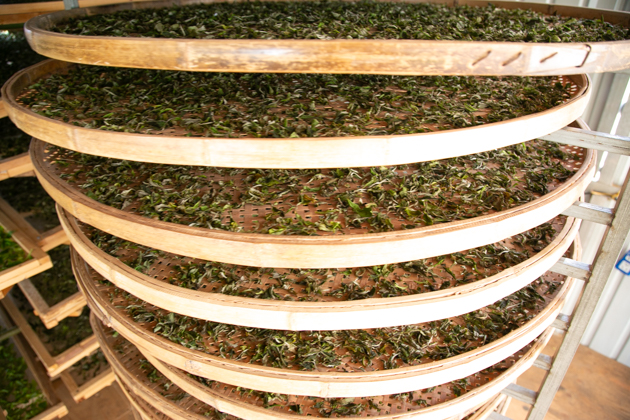
For white tea, the withering process usually takes about three days. However, if it rains during this time, withering may not go as planned.
To deal with this, we use controlled airflow (fan-assisted drying) to help the tea dry properly. In some cases, this method can even improve the final quality.
But if the rainy weather lasts too long, it becomes difficult to achieve the desired quality no matter what we do. That’s why we sort the batches directly at origin—only selecting and bringing in the ones that turned out well.

We personally evaluated every single batch at origin—sorting through hundreds of them one by one to carefully classify and select only the best.
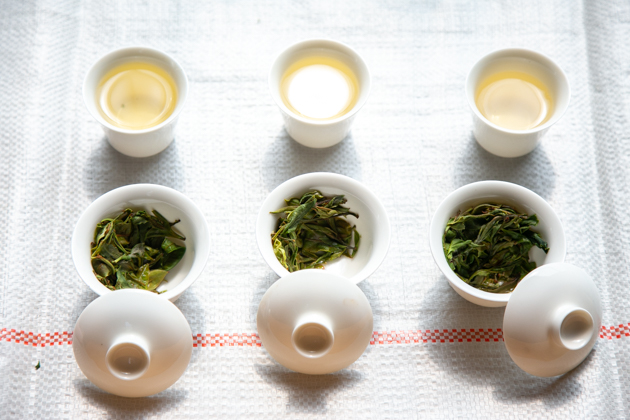 There’s so much we could say about the details, but to put it simply — this year, we stayed on-site from start to finish, overseeing every stage of the white tea production ourselves. Because of that, we’re truly proud of the quality we’ve achieved.
There’s so much we could say about the details, but to put it simply — this year, we stayed on-site from start to finish, overseeing every stage of the white tea production ourselves. Because of that, we’re truly proud of the quality we’ve achieved.
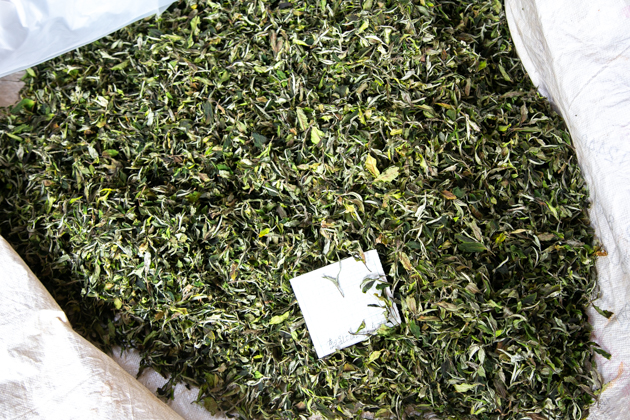
White Tea That’s Perfect for Cold Brew
During this season, one of the best ways to enjoy white tea is to cold brew it. Just use about 3g to 5g of tea leaves for every 1L of water, and leave it in the fridge for half a day or overnight. Once brewed, it can be kept in the fridge for a few days.
Cold white tea tastes incredibly refreshing — it’s a favourite in my home too. For more details on how to make cold brew tea, feel free to check out the guide below.



